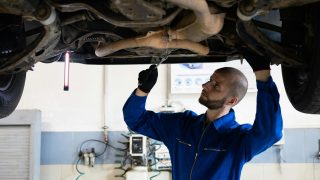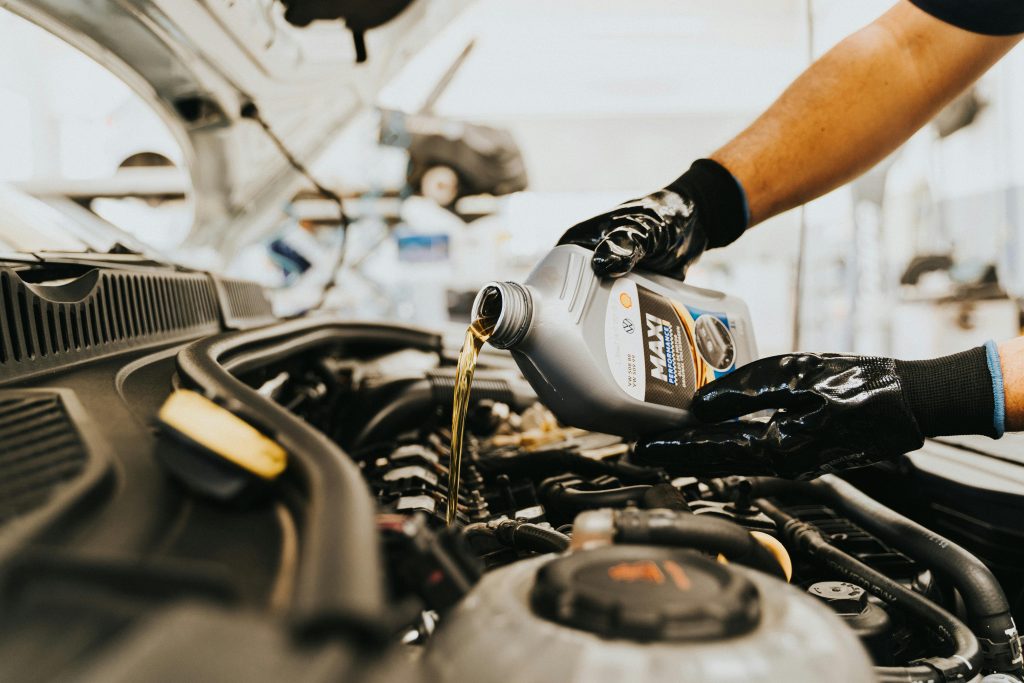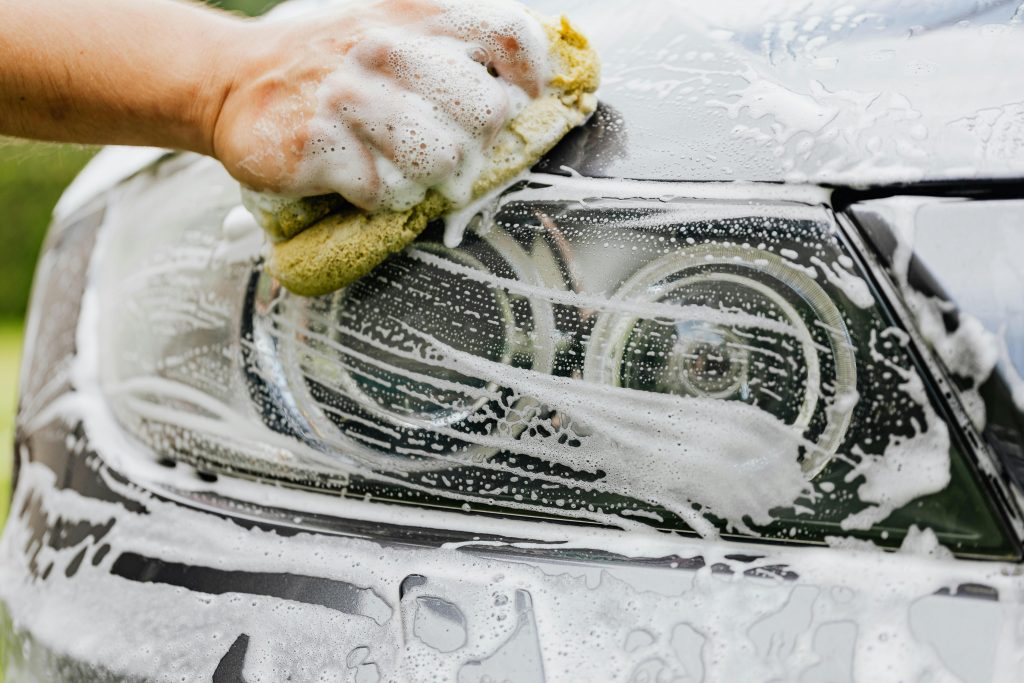
- Mastering essential car care ensures vehicle longevity and safety on the road.
- Essential maintenance practices include regular oil changes, tire care, brake inspections, fluid checks, and light inspections.
- Properly inflated tires, regular tire rotations, and monitoring tread depth are crucial for tire maintenance.
- Brake system inspections, including checking brake fluid levels and pad wear, are essential for safety.
- Neglecting fluid maintenance or driving with malfunctioning lights can lead to costly repairs and compromised safety.
In vehicle ownership, ensuring proper maintenance is paramount for both longevity and safety. Neglecting essential car care not only jeopardizes the lifespan of your vehicle but also compromises your safety and that of others on the road. To empower drivers with the knowledge they need, here are 5 maintenance tips every driver must master.
This article delves into five crucial maintenance practices that every driver should prioritize. From regular oil changes to tire care and brake system inspections, mastering these tips is key to keeping your vehicle running smoothly and safely for years.
Regular Oil Changes
Regular oil changes are the cornerstone of effective car maintenance and crucial for maintaining optimal engine health. Engine oil serves multiple purposes, including lubricating moving parts, reducing friction, and carrying away heat and contaminants. Over time, oil degrades and loses its effectiveness, leading to increased friction and potential damage to engine components.
Recommended Frequency
The recommended frequency for oil changes varies depending on vehicle age, driving habits, and the type of oil used. However, a common guideline is to change the oil every 5,000 to 7,500 miles or every six months, whichever comes first. To ensure you follow the recommended guidelines, visit an authorized repair center for your car brand. For instance, you should consult a reputable Toyota repair center if you have a Toyota. These authorized service centers are staffed with trained technicians who understand your vehicle’s specific needs and can provide expert advice on maintenance schedules and the best type of oil to use.
Check Oil Levels
Checking oil levels and quality is a relatively simple yet vital task. Begin by locating the oil dipstick, usually indicated by a brightly colored handle under the hood. After the engine has cooled down, remove the dipstick then wipe it clean. After cleaning it, reinsert it thoroughly. Then, remove it to check the oil level. Additionally, inspect the color and consistency of the oil. Fresh oil should appear amber-colored and translucent, while old oil may be dark and gritty, indicating contamination.
Tire Care and Rotation
Tire care and rotation are essential aspects of car maintenance that significantly impact vehicle performance and road safety.
Proper Inflation of Tires
Properly inflated tires are vital for several reasons. Firstly, they ensure optimal fuel efficiency, as under-inflated tires increase rolling resistance, causing the engine to work harder and consume more fuel. Secondly, maintaining the correct tire pressure promotes even tire wear, extending the lifespan of the tires and enhancing overall handling and stability.
Regular Tire Rotation
Regular tire rotations contribute to more uniform wear across all tires. Since front and rear tires wear differently due to weight distribution and steering dynamics variations, rotating tires at regular intervals helps to equalize wear patterns. This extends the lifespan of the tires and promotes more balanced handling, improving traction and stability, especially in adverse road conditions.
Tire Pressure and Tread Depth
Checking tire pressure and tread depth is a straightforward yet crucial task. Utilize a tire pressure gauge to measure air pressure, ensuring it matches the recommended pressure specified by the vehicle manufacturer. Additionally, regularly inspecting tread depth using a tread depth gauge or the penny test helps determine tire health and performance.
Tire Wear
Signs of tire wear include uneven tread wear, visible cracks or bulges, and decreased tire performance, such as reduced traction or increased road noise. Additionally, tread depth should be monitored regularly, and tires should be replaced when the tread depth reaches 2/32 of an inch or when the wear indicators become visible. Prompt replacement of worn tires ensures optimal safety and performance on the road.
Brake System Inspection
A vehicle’s brake system is undeniably one of its most critical safety components, making routine inspection imperative for driver and passenger safety. The importance of functioning brakes must be balanced. They are the primary mechanism for slowing down and stopping a vehicle safely. The risk of accidents, collisions, and injury dramatically increases without properly functioning brakes. Therefore, maintaining a reliable brake system is essential for safe driving.
Brake Wear
Signs of brake wear or malfunction include squealing or grinding noises when braking, a spongy or soft brake pedal, vibrations or pulsations felt through the brake pedal or steering wheel, and the vehicle pulling to one side when braking. Additionally, illuminated brake warning lights on the dashboard indicate potential issues with the brake system that require immediate attention.
Brake Fluid Levels
Checking brake fluid levels involves locating the reservoir under the hood and visually inspecting the fluid level. If the level is below the minimum mark, it may indicate a leak or brake pad wear. Inspecting brake pads can be done by visually assessing the thickness of the pad through the wheel spokes or removing the wheel for a more thorough inspection. Worn brake pads typically exhibit visible signs of thinning or uneven wear.
Fluid Checks and Top-Ups
Maintaining proper fluid levels in your vehicle ensures optimal performance and prevents potential damage to critical components. Essential fluids include coolant, transmission, power steering, and windshield washer. Coolant regulates engine temperature, transmission fluid facilitates smooth gear shifting, power steering fluid assists in steering control, and windshield washer fluid keeps your windshield clean for optimal visibility.
Fluid Check Intervals
Recommended intervals for fluid checks vary depending on the fluid type and vehicle model. However, inspecting fluid levels during routine maintenance checks or every few months is generally advisable. Consult your vehicle’s manual for specific recommendations tailored to your make and model.
Topping of Fluids
Topping up fluids is a straightforward process. Locate the appropriate reservoir for each fluid (often indicated by labels or symbols under the hood), remove the cap, and add the necessary fluid until it reaches the recommended level. Use a funnel to avoid spills and ensure cleanliness. Be cautious when filling the right amount, which can lead to leaks or other issues.
Fluid Maintenance
Neglecting fluid maintenance can seriously affect your vehicle’s performance and longevity. Low coolant levels can result in engine overheating, transmission fluid leaks or contamination can cause transmission failure, insufficient power steering fluid can lead to difficulty steering, and running out of windshield washer fluid can impair visibility, increasing the risk of accidents. Regular fluid checks and top-ups are essential preventive measures to avoid costly repairs and maintain your vehicle’s reliability.
Regular Inspection of Lights and Signals
Regular inspection of lights and signals is crucial for maintaining safety on the road and ensuring visibility in various driving conditions. Properly functioning lights and signals are essential for protection, as they communicate your intentions to other drivers and pedestrians and provide illumination in low-light situations. Headlights illuminate the road ahead, brake lights indicate when you’re slowing down or stopping, turn signals convey your intentions to change lanes or make turns, and hazard lights alert others to potential dangers or emergencies.
Lights Inspection
Inspecting headlights, brake lights, turn signals, and hazard lights involves visually checking each light to ensure it illuminates appropriately when activated. For headlights, verify that both high and low beams function and that the lenses are clean and crack-free. Brake lights should illuminate brightly when the brake pedal is pressed. Turn signals should flash consistently and at the correct rate when activated. Hazard lights should flash simultaneously to indicate a hazard or emergency situation.
Regular Lights Cleaning
Cleaning lights regularly is essential for optimal visibility. Dirt, dust, and debris can accumulate on light lenses, reducing their effectiveness and brightness. Use a soft cloth and a mild cleaning solution to gently wipe the lenses. Additionally, ensure that headlights are correctly aligned to provide the best illumination without blinding other drivers.
In conclusion, mastering essential car care through these five maintenance tips is not just a matter of convenience—it’s a critical responsibility for every driver. By prioritizing regular oil changes, tire care and rotation, brake system inspections, fluid checks and top-ups, and the regular inspection of lights and signals, drivers can ensure their vehicles’ longevity, safety, and performance. Neglecting these maintenance tasks can lead to costly repairs, compromised safety, and reduced efficiency on the road. By embracing these practices as routine habits, drivers can enjoy smoother rides, enhanced safety, and peace of mind, knowing their vehicles are well-maintained and road-ready.





